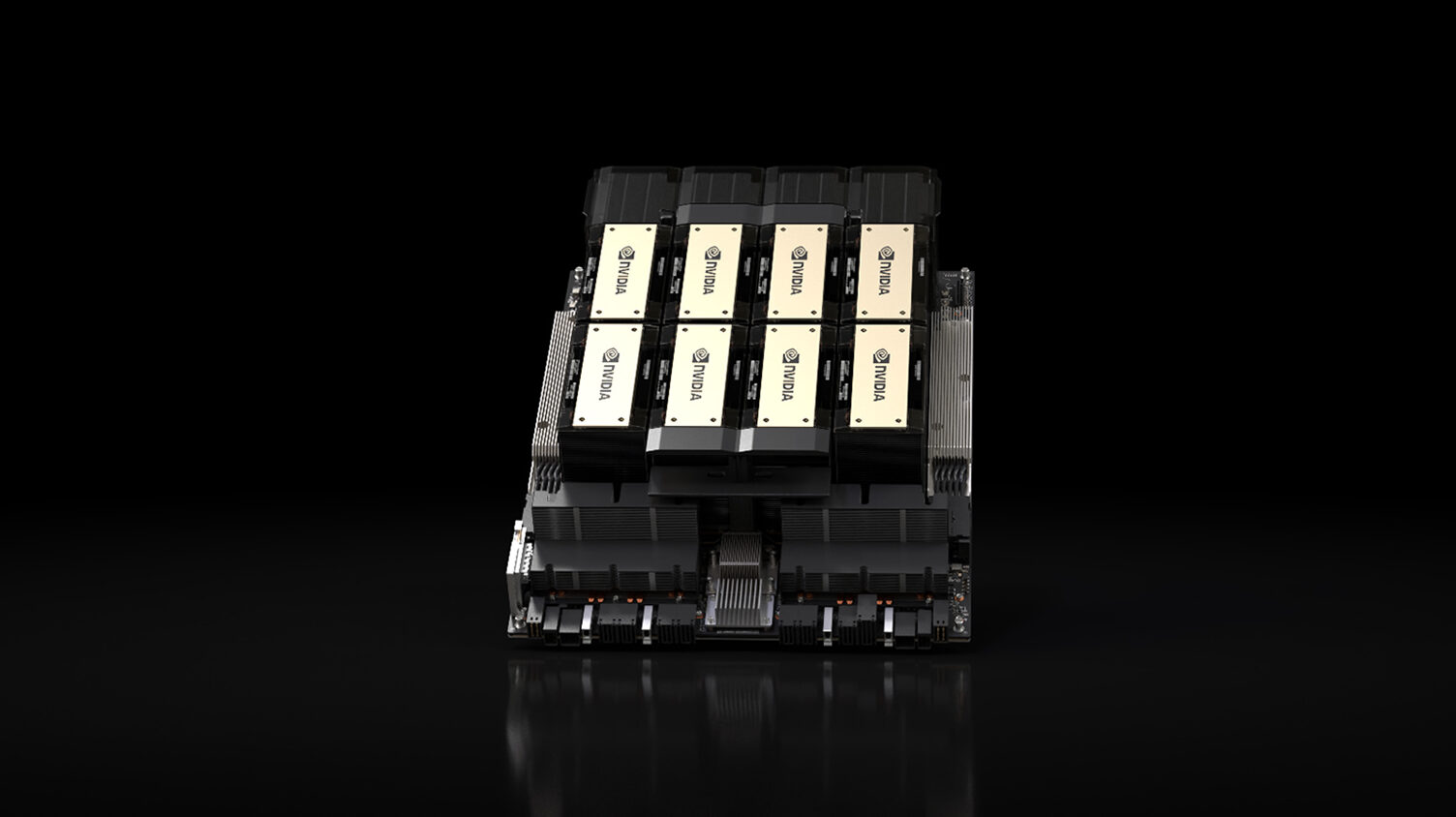Nvidia's H20 follow-up in China won't be based on Hopper, says Jensen — Reportedly switching from HBM to GDDR7

Nvidia's next AI accelerator for the Chinese market, following the recent ban on its HGX H20 offerings, will not be based on the Hopper architecture, reports Reuters citing a Taiwanese TV news stream featuring Jensen Huang. Moreover, according to insider scoops obtained by Nikkei Asia, Nvidia is moving from HBM (High Bandwidth Memory), to a GDDR7 based design, although the specific architecture is still up in the air.
The U.S. government effectively banned the export of Nvidia's H20 and AMD's Instinct MI308 AI chips to China last month, requiring a license with a presumption of denial. After the $5.5 billion loss Nvidia incurred following this change, reports pointed towards a further cut-down H20 variant.
Nvidia's top-end H100 and H200 accelerators were banned from export to China even before they were launched. To mitigate these regulations, Nvidia introduced the H800 in March 2023, which too was eventually barred from export in October of the same year. Since then, the H20 has been Nvidia's most advanced offering for the Chinese market in the interim, until its recent export prohibition last month.
When questioned about the follow-up to the H20, Nvidia CEO Jensen Huang replied, "It's not Hopper because it's not possible to modify Hopper anymore." The U.S. Government cited the H20's memory bandwidth and interconnect bandwidth for its potential use in Chinese supercomputers, so it would stand to reason that Nvidia would further cut down the memory subsystem.
Nikkei Asia claims that Nvidia is eying introducing GDDR7-based Hopper GPUs. It's important to understand that the GH100 core powering the Hopper family only supports HBM-compliant memory controllers. While the consumer-equivalent Ada Lovelace is a possibility as it supports GDDR memory, Hopper was designed from the ground up as an AI/ML powerhouse.
Nvidia can rework the existing Hopper architecture to work around U.S. sanctions, which isn't likely, as Jensen has himself directly refuted the idea. Alternatively, Nvidia could shift to Blackwell, with the consumer-focused GB20X (RTX 50) series chips offering support for GDDR7 memory. Then again, Blackwell for consumers lacks support for NVLink, which is essential for multi-GPU scaling.
This uncertainty will likely boost the popularity of Huawei's Ascend accelerators in China, even if they don't match the performance of Nvidia's solutions. The cat and mouse game continues, as Nvidia develops a new solution that will probably be met with another export ban in the future. Anyhow, it'll be interesting to see how Nvidia navigates these meandering regulations and develops future solutions for the Chinese market, as it wouldn't want to cede market share to Huawei.
Get Tom's Hardware's best news and in-depth reviews, straight to your inbox.
Follow Tom's Hardware on Google News to get our up-to-date news, analysis, and reviews in your feeds. Make sure to click the Follow button.

Hassam Nasir is a die-hard hardware enthusiast with years of experience as a tech editor and writer, focusing on detailed CPU comparisons and general hardware news. When he’s not working, you’ll find him bending tubes for his ever-evolving custom water-loop gaming rig or benchmarking the latest CPUs and GPUs just for fun.
-
wussupi83 US and it's allies need to simultaneously restrict this technology from China and divest from Nvidia. This whole situation of putting most of the eggs in the Nvidia technology basket seems like a mess waiting to happen. I hope at the very least that AMD and partners efforts to scale their AI tech becomes formidable in the near future. But I hope for much greater expansion and diversity beyond even that. The US and allies would be wise to create pressure on themselves to create alternatives much like China is doing.Reply